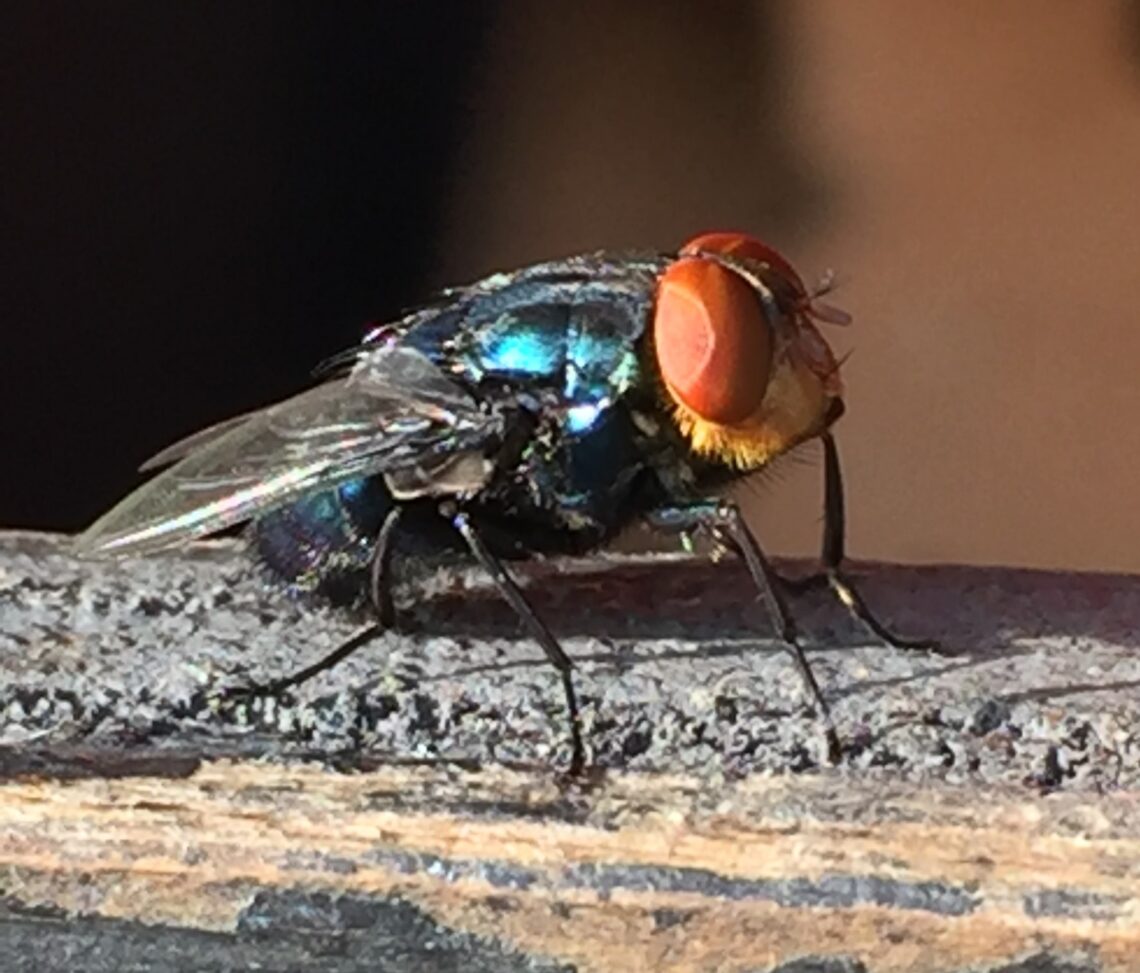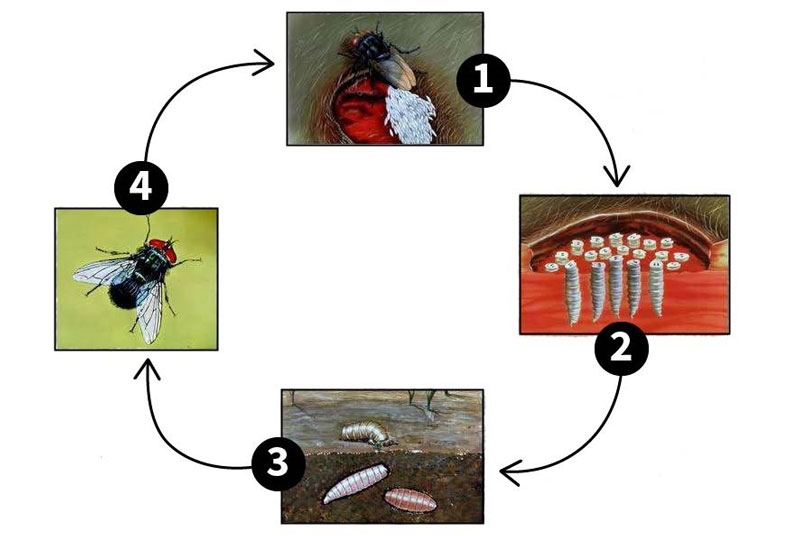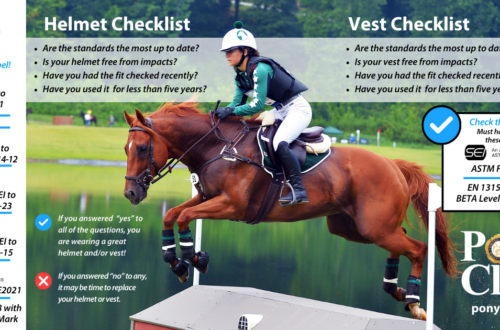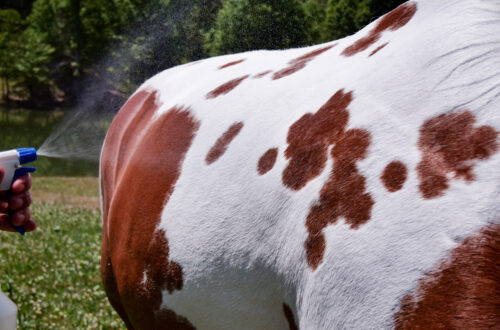
Time to Be Aware of Screwworm and How It Could Impact the Horse Industry
Courtesy American Horse Council
New World Screwworm (NWS) continues to creep towards the United States border from Mexico. On September 21, 2025, Mexico’s National Service of Agro-Alimientary Health, Safety, and Quality (SENASICA) confirmed the detection of New World Screwworm less than 70 miles from the U.S.-Mexico border.
New World Screwworms are parasitic fly larvae that burrow into the flesh of animals and humans, causing painful, often deadly infestations. They were eradicated from the U.S. in 1966 through major federal, state, and industry efforts, but remain a threat in parts of the Caribbean and South America. Continued eradication campaigns focus on preventing their return and limiting their spread from endemic regions.

In 2023, NWS detections in Panama exploded from an average of 25 cases per year to more than 6,500 cases in one year. Since then, screwworm has been detected in Costa Rica, Nicaragua, Honduras, Guatemala, Belize, El Salvador, and Mexico, north of the sterile fly barrier that’s successfully contained this pest to South America for decades.
The detection was made in a young heifer that moved from a region in Southern Mexico where the outbreak has been more active. This new case has prompted the United States Department of Agriculture (USDA) Secretary Rollins to elevate the “five-pronged plan”. The plan includes:
- Strengthen cooperation with Mexico to stop the pest there by enhancing sterile fly production, improving surveillance and technical collaboration, and removing regulatory and administrative barriers.
- Bolster defenses at the U.S. border through intensified trapping, outreach, surveillance of wildlife, inspections, and communication with state and federal agencies.
- Maximize domestic readiness by updating emergency plans, training responders, ensuring regulatory access to treatments, and preparing personnel and supplies for a possible outbreak.
- Use sterile insect technology directly against the pest by building a new dispersal facility in South Texas, exploring a domestic production facility, and supporting Mexican facility upgrades.
- Invest in innovation through research into novel treatments, improved traps and lures, advanced sterilization methods, and partnerships with universities and states to develop next-generation response tools.
Livestock imports from Mexico to the United States remain paused with the exception of horses arriving by air that go through approved quarantine processes. Owners of livestock, including horses, that live near the southern border are encouraged to inspect their animals regularly for signs of wounds potentially caused by New World Screwworm.
Some steps you can take to prevent infestation:
• Watch for signs of screwworm in pets and livestock.
• Make sure animals traveling internationally are inspected for screwworm.
• Handle livestock carefully and inspect pens and equipment for sharp objects that can cause wounds.
• Treat the umbilical cords of newborn animals and all wounds immediately with an approved insecticide.
• Protect pets and livestock from other wound-causing parasites, such as ticks.
In the event of a NWS detection in the United States, the USDA’s Animal Plant Health Inspection Service (APHIS) will recommend additional measures to prevent spread, including:
• Inspect your vehicle for screwworm flies when leaving a screwworm-infested area.
• Postpone or avoid procedures that create wounds, such as dehorning, branding, shearing, ear notching, tail docking, and castration if you are in an NWS-infested area.
If you think you have found a screwworm, report it immediately to your State animal health official and APHIS office. This will allow APHIS and partner agencies to respond quickly and remove the screwworms before a population becomes established.





